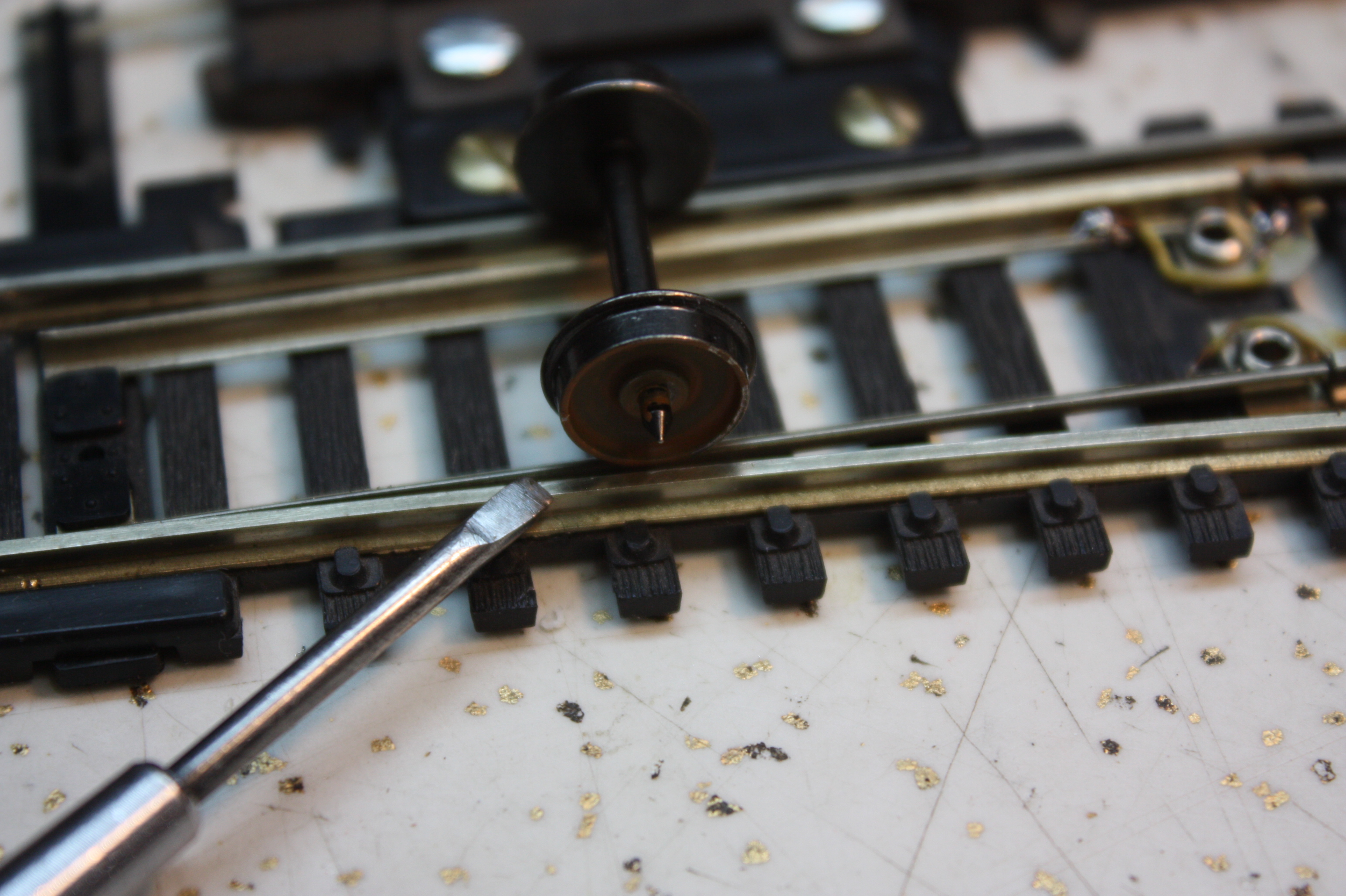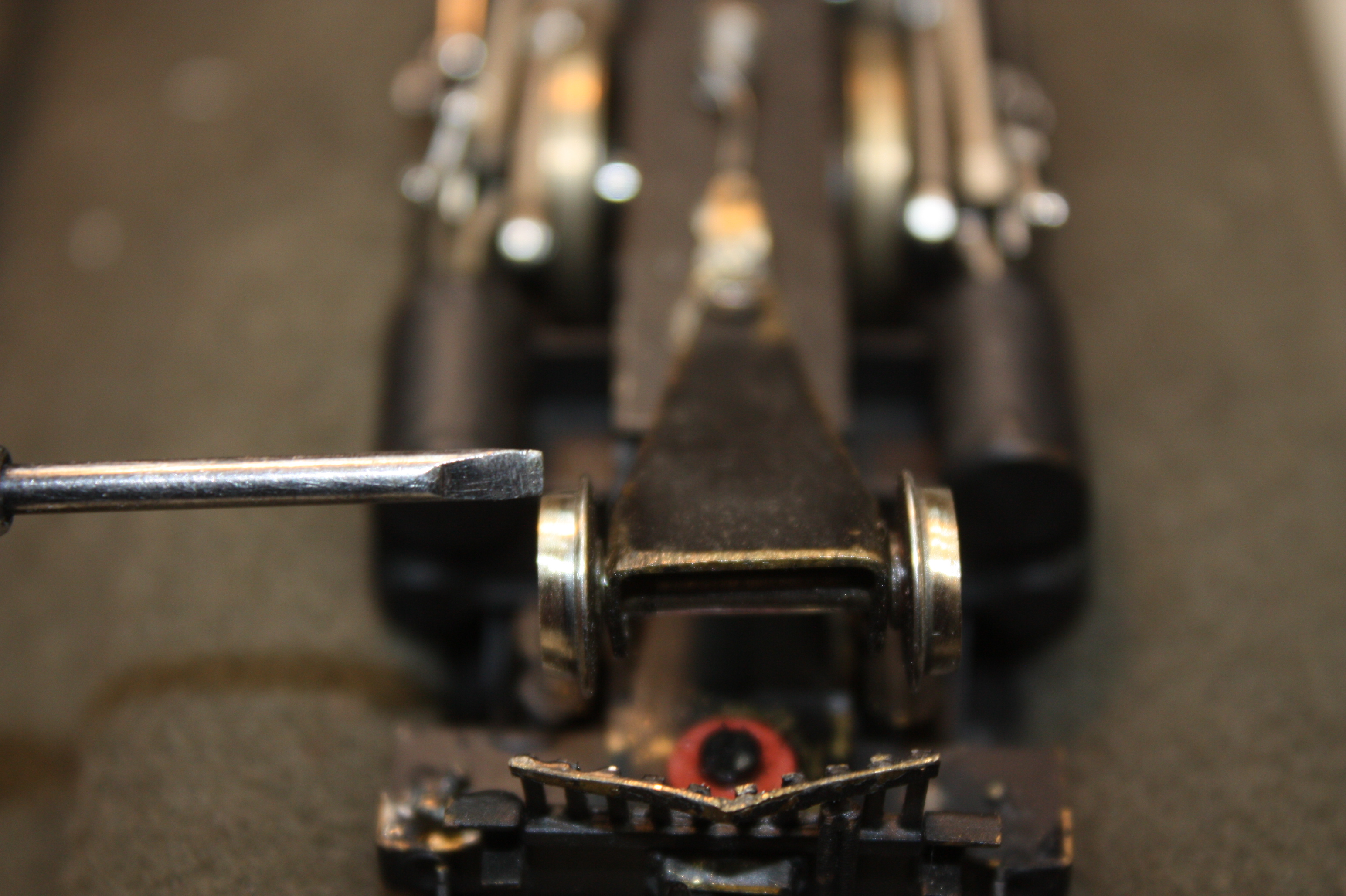If you get an HO train set, or an HO locomotive, switch out the couplers that come with it with high quality, metal Kadee couplers. The default ones are often not too durable and wind up stuck in unfavorable positions, causing your trains to come apart in motion. At least at the hobby shop I have bought at, HO rolling stock is often old and comes with some strange F shape coupler. Make sure the rolling stock is designed so that you can replace those couplers with Kadee couplers. My advice might be well-known but why not post it again to ensure duration.
I have once soaked my tubular track in vinegar. Fully submerged, this did get the rust off of the track after 12 to 24 hours. Be prepared for a potentially annoying, or even shocking, backlash. After I soaked the track and it was done dissolving the rust, I took the advice of dissolving some baking soda in water and thoroughly rinsing the track in that. Then I put the track in the oven to dry at 200 degrees, and this is where things went very wrong. The track flash-rusted within minutes. The resulting rust layer was very shallow of course, but it was still there and I needed to ultimately use aluminum foil scrunched up to sand off the new rust so I could use the track, but ultimately the track wound up looking worse than it did before I did the treatment to begin with. It looked, well, rustic. This might have a weathered appearance but I like my track smooth looking.
WD-40 is not ideal for use in lubricating engines. In fact, it can hurt them. But WD-40 is perfect for protecting steel tubular track from rust, it is good for cleaning track, and it is good for cleaning some components of your engine. There may be better products than this out there you may want to get your hands on, but I like the easy availability of WD-40 for cleaning if you need to get the job done sooner than the 4 days it takes to order stuff online.
The last one is actually my creation and not just something I heard passed down. PVC pipe makes great trestle/support pillars. A few feet of pipe, a cheap handheld pipe cutter, and you can design a trestle system to your liking. I am utilitarian and simply used duck tape but you can use whatever else to design the look that you want. Perhaps a flat grey to make concrete pillars. The project may turn out to cost maybe 60 per cent of the cost of pre-made trestle sets, and thats if you need a lot of the pipe. Tape or glue can be used to join multiple pipes together for width.



